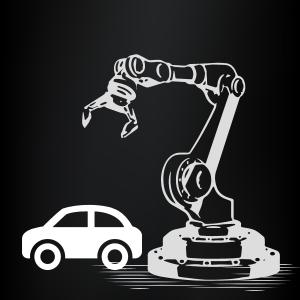Navigating the Future of Transportation: Autonomous Vehicles and Beyond

The landscape of transportation is undergoing a profound transformation with the emergence of autonomous vehicles (AVs) and innovative AI-driven technologies. From self-driving cars to aerial drones for delivery services, these advancements hold the promise of revolutionizing how people and goods move around the world, while also raising important questions about safety, efficiency, and societal impact.
Self-driving cars represent one of the most visible manifestations of autonomous transportation. Equipped with sensors, cameras, and AI algorithms, these vehicles have the ability to navigate roads, interpret traffic signals, and react to dynamic environments without human intervention. The potential benefits of AVs include reduced traffic congestion, improved road safety, and enhanced accessibility for individuals unable to drive.
In addition to self-driving cars, drones are poised to transform the delivery industry. Aerial drones equipped with AI-powered navigation systems offer swift and efficient delivery services, particularly in urban areas where traditional transportation methods face challenges such as traffic congestion and last-mile logistics. From medical supplies to retail packages, drones have the potential to revolutionize the delivery ecosystem, offering faster and more environmentally friendly solutions.
AI-driven traffic management systems represent another critical component of autonomous transportation infrastructure. By analyzing real-time traffic data and coordinating the movements of vehicles, these systems optimize traffic flow, reduce congestion, and minimize travel times. Furthermore, AI algorithms can predict traffic patterns and adjust transportation routes dynamically, improving overall efficiency and reducing environmental impact.
However, the widespread adoption of autonomous transportation also raises important societal considerations. Questions about job displacement in industries reliant on human drivers, potential cybersecurity vulnerabilities in AV systems, and ethical dilemmas regarding decision-making algorithms in emergency situations must be addressed. Additionally, equitable access to autonomous transportation solutions and considerations of environmental sustainability are paramount to ensuring that these technologies benefit society as a whole.
In conclusion, the advancements in autonomous vehicles and transportation systems have the potential to reshape the way people and goods move in the modern world. By harnessing the power of AI-driven technologies, we can create safer, more efficient, and more sustainable transportation networks that benefit individuals, communities, and the environment. However, careful planning, collaboration, and consideration of societal implications are essential to realizing the full potential of autonomous transportation while addressing its challenges.








































